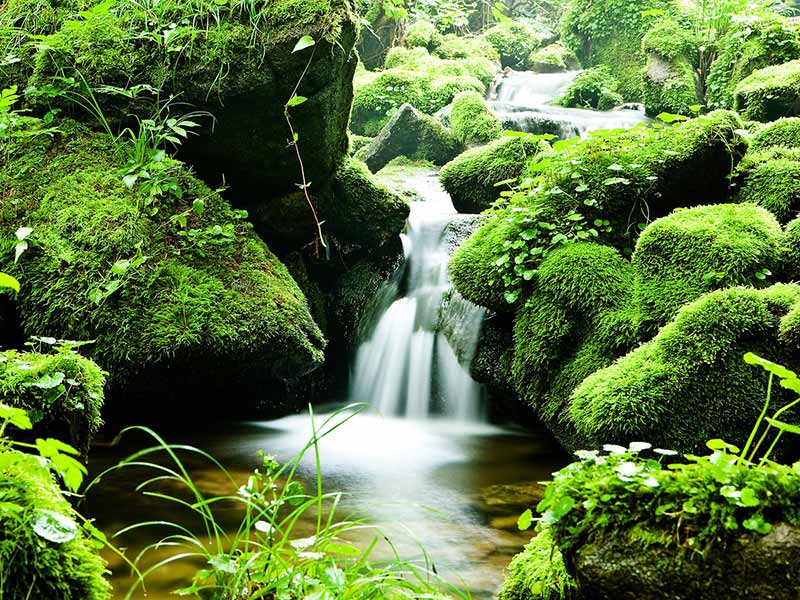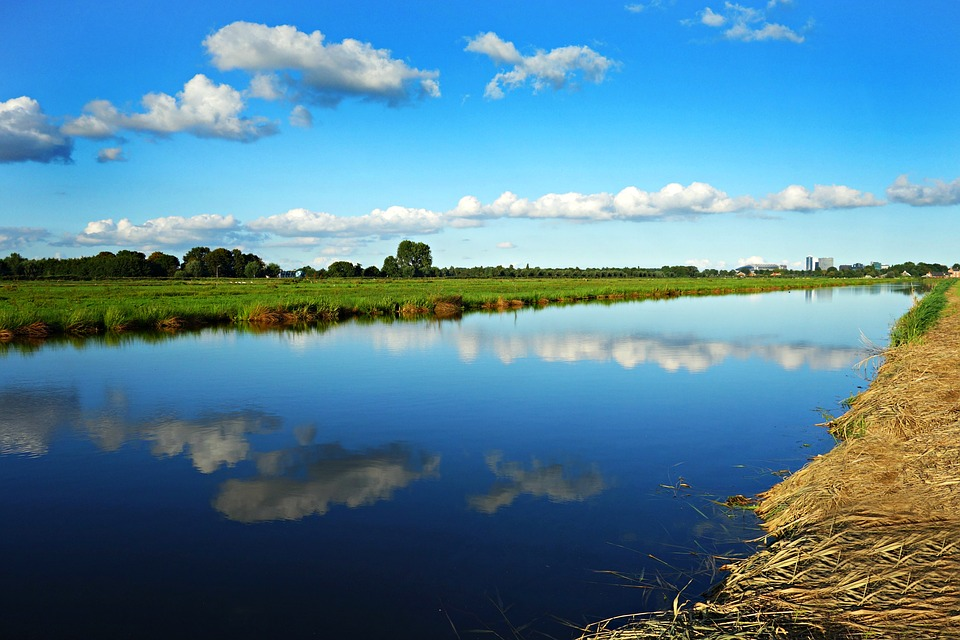Water is essential for all life forms, making it one of nature’s most precious resources. It represents nearly 1,360 million km3, or 1360 billion liters. Every human being would therefore have 250,000 million liters of water. In this perspective, water appears as an unlimited resource … Yet this is not the case because only 3% of this liquid mass is drinkable.
The observation: and if we take the pollution of water seriously?
When does water pollution really begin ? Generally, this is done by direct or indirect introduction into groundwater or streams (rivers, seas, lakes, etc.) of various substances that can be considered as pollutants. Ecosystems naturally have the ability to get rid of them and recover their balance if these pollutants are found in small quantities. But once they exceed the absorptive capacity of the system, the problem of water pollution begins…
Human activities are responsible for the pollution of rivers, aquifers and lakes, resulting in the disappearance of natural vegetation and the reduction in the amount of oxygen that is essential for fish and other aquatic animals. While freshwater pollution has a devastating impact on the environment, it still affects humans : more than 5 million people die each year from contaminated drinking water. Worse, the pollutants of water are as numerous as varied…
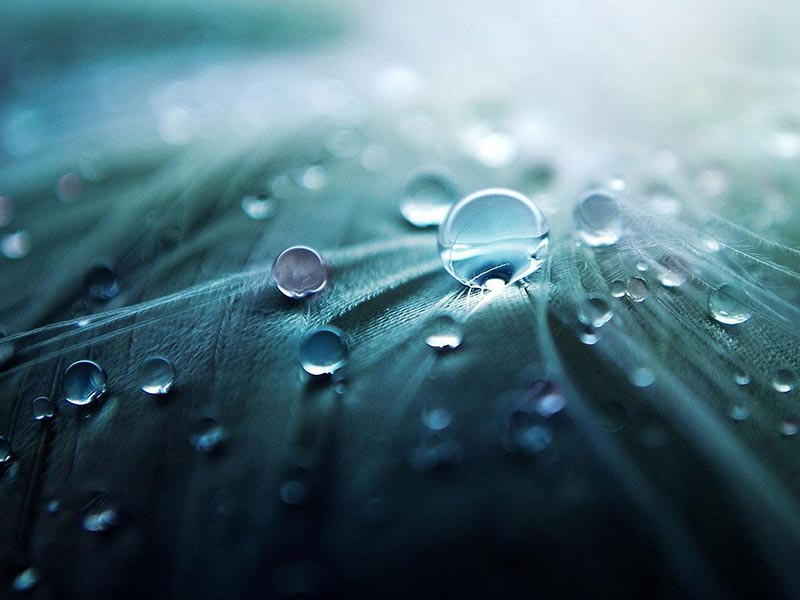
Water pollution by agriculture
Agriculture is the main user of freshwater resources, absorbing more than 70% of the water consumed in the world. Excluding water lost through evaporation, the remaining water used in agriculture is recycled as surface water and / or groundwater.
However, agriculture is both a cause and a victim of pollution of water resources. Responsible for releases of pollutants into surface water and / or groundwater, salinization and congestion of irrigated land. Victim of the use of wastewater and polluted, crop contamination and diseases of agricultural workers.
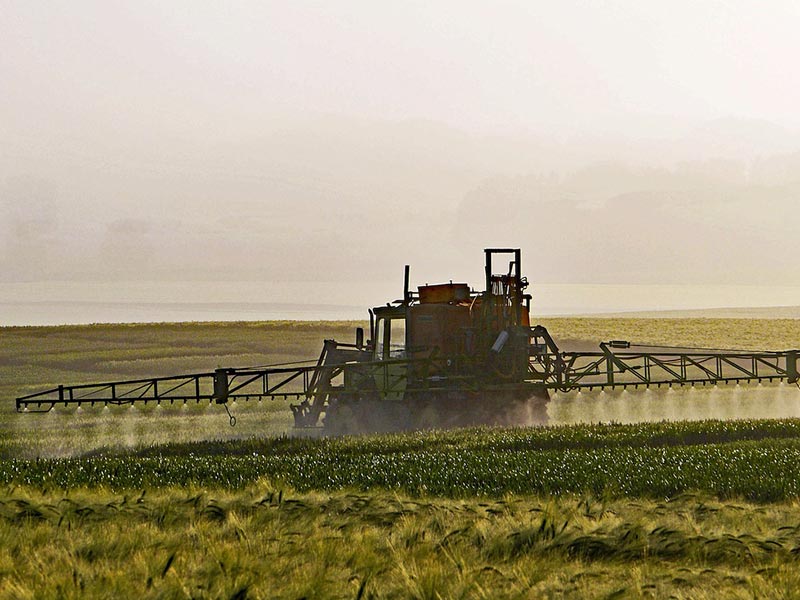
Water pollution by industry
During the Industrial Revolution, the increase in consumer goods and production processes necessitated the use of a large quantity of water for the processing of raw materials. Wastes from these processes have been released into natural watercourses, causing a serious problem of water pollution .
Industries can produce highly toxic substances :
- copper ;
- zinc ;
- lead ;
- mercury…
These metals are often cumulative : repeated consumption in small amounts can affect the tissues of organisms. Thus, mercury derivatives disrupt the function of the vital organs (heart, brain, kidneys, liver …) and are suspected of being endocrine disruptors.
These polluted waters usually end up in the sea, absorbed by fish, which in turn become toxic agents. Thus, mercury is particularly feared for its high toxicity and low biodegradability on living beings. In some cases, the mercury level can be 100,000 times higher in the body of a fish living in polluted waters !
Water pollution also affects the production of mussels. In 2014, a study carried out by EPFL’s Central Environmental Laboratory revealed that, of 13 commercial mold samples, each contains on average 37 microparticles of plastic per 100g of mold meat, regardless of their geographical origin (Netherlands , France, Italy, Spain…). The main residues found are polypropylene, polyethylene and nylon !
70% of industrial waste produced in developed and industrialized countries is discharged into the sea without any treatment. The figures increase a little more if we talk about third world countries. Despite having a developed industry, waste treatment systems are more precarious and 90% of the waste discharged into the sea has not undergone any remediation treatment.
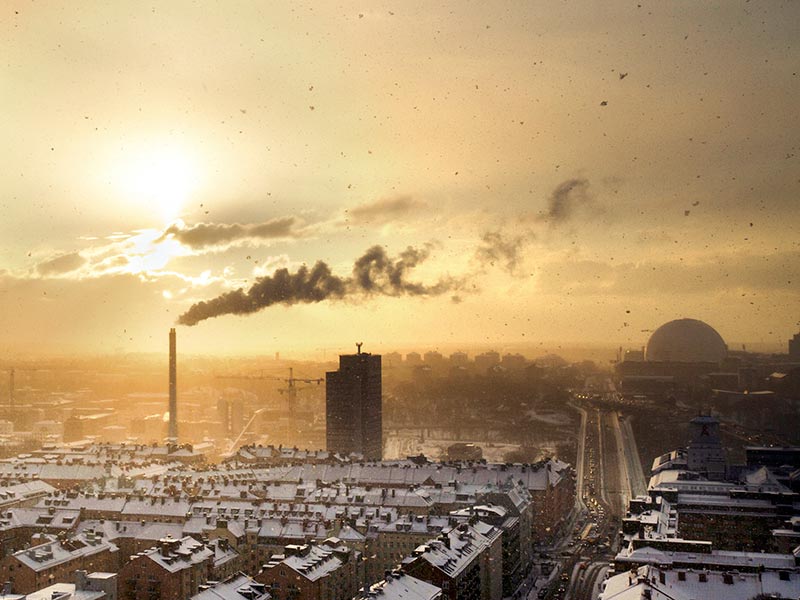
Water pollution by domestic activities
Waste is the main pollutant due to our domestic activities. Thrown into the environment, they are then dragged by streams, into the oceans, where they will take thousands of years to degrade.
The water pollution is caused by domestic sewage charge of:
- Greases,
- Organic debris,
- Detergents,
- Solvents
- Nitrogen Organics
- Fecal germs.
It is estimated that one person produces 70 to 90 g of suspended matter in water every day.
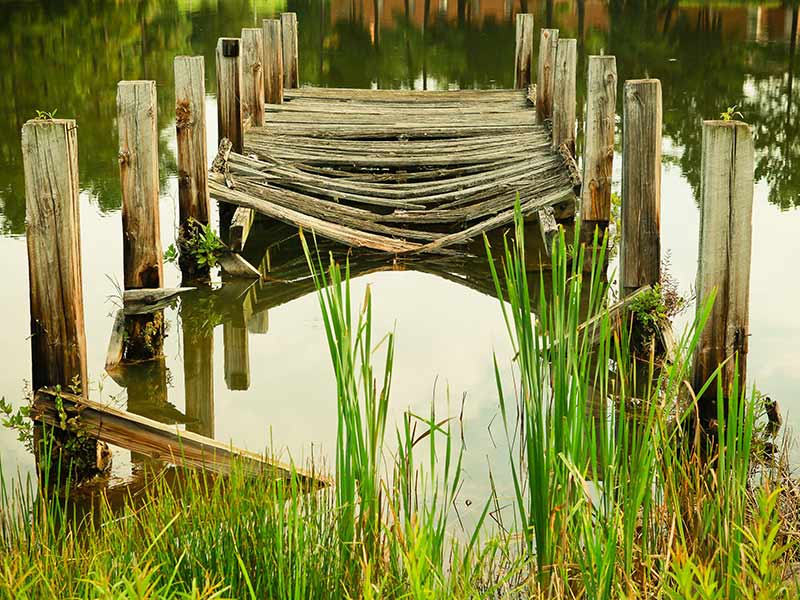
Pollution of water by medicines
Water pollution through industrial discharges has been the main concern of researchers for several years. But more and more today, another type of pollution is pointed at : drugs (antidepressants, antibiotics, anti-inflammatory drugs, anti-cancer drugs …). These substances, present in urine and faecal matter, reach wastewater treatment plants, which are insufficiently processed to remove residues of the drugs in their entirety. Thus, on average, there are more than 20 drugs of different composition in wastewater, depending on the country and consumption. What about the consequences of this exposure, especially on the most fragile people, via tap water and food, but also on the fauna and flora ? Studies are still too few to analyze the 110,000 molecules likely to pose problems according to the European Commission.
Projects and solutions of the OMPE : how to save water ?
In developed countries, strict laws govern the protection of drinking water. Unfortunately, good intentions are not always accompanied on an ongoing basis and almost never fit in the long run. The first solution is simple : enforcing existing laws. Beyond the law, there are practical solutions that can be used by society and by yourself, as an individual.
Reducing fertilizers and pesticides to reduce water pollution
Reducing water pollution caused by excess chemical fertilizers and pesticides can include:
- Reducing the use of fertilizers and pesticides to maintain lawns and parks in urban and suburban areas. The main chemical fertilizers found in cities are nitrates and phosphates in herbicides, insecticides and other pesticides.
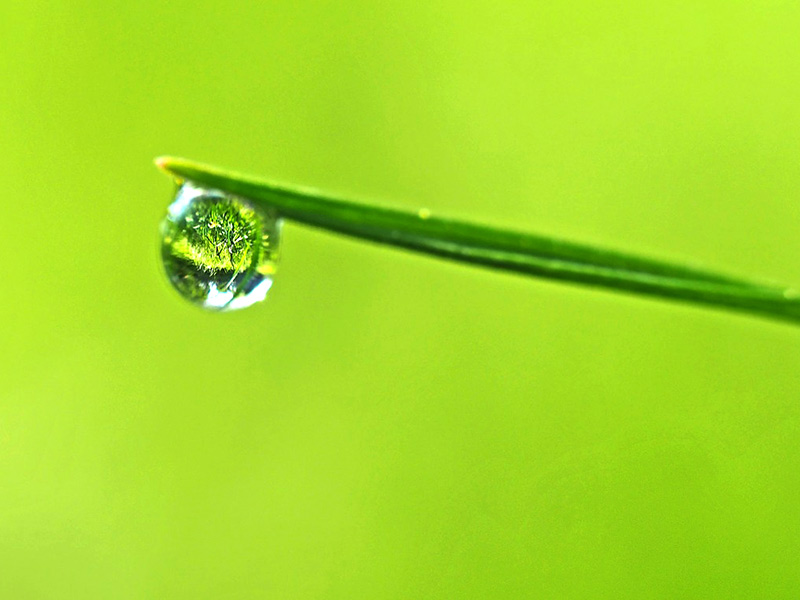
- Improved wastewater treatment. Among the main pollutants detected in the waters of the Rhone-Mediterranean and Corsican basins, pesticides and herbicidespose a threat to aquatic environments and water resources for drinking water. According to a study by the Association Santé Environnement France of 2010, out of 1097 points of observation of the quality of the surface water, only 10% of the rivers are without pesticides!
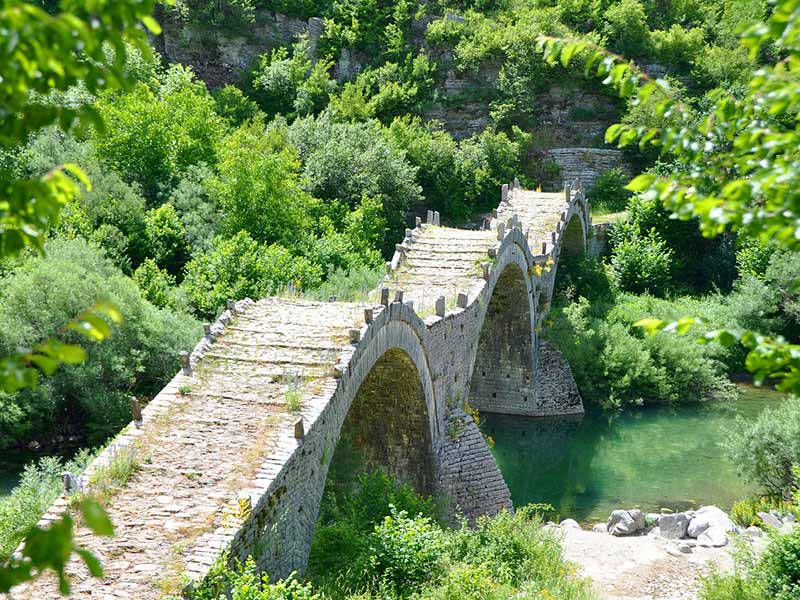
- Stopping the destruction of wetlands, or better restoring them when possible.
Urban pressure is a major cause of the destruction of these environments intimately related to water and its dynamics. Wetlands have a major impact on water cycles and play a particularly important “filter” role. Over the last century, more than half of the wetlands have been destroyed, with fertilizers and pesticides found after leaching in wetlands.
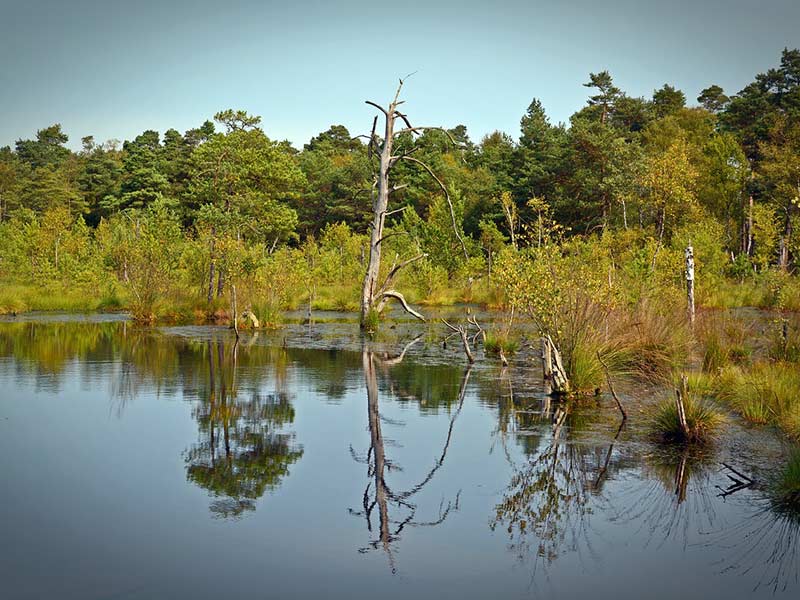
Reducing deforestation to protect water
Forests act as a sponge to absorb rain and help to replenish groundwater. When all trees are slaughtered, the forest ecosystem dies and can no longer render this service. Rainwater then flows directly into the streams, accumulating and carrying pollution of the sediments of neighboring streams. Yet 2/3 of the major cities in developing countries depend on forests for their drinking water supply.
